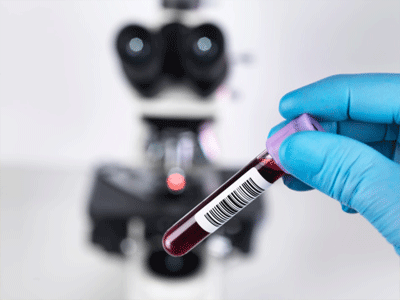Scientists uncover potential mechanism for HPV-induced skin cancer

Adapted
Media Release
Scientists have identified a
molecular pathway by which some types of human papilloma virus (HPV) might
increase the risk of skin cancer, particularly in people with the rare genetic
disorder epidermodysplasia verruciformis (EV). The novel pathway is described
in PLOS Pathogens.
Some HPV types of the genus
known as beta-HPV infect skin cells and can increase the risk of non-melanoma
skin cancer, especially in people with weakened immune systems or EV. Previous
research has suggested that a type of HPV protein called E6 underlies this
increased cancer risk, but the molecular mechanisms by which E6 proteins may
act are unclear.
To better understand the role
of E6 proteins in skin cancer, a team led by Sigrun Smola, professor and chair
of the Institute of Virology, Saarland University, Germany, focused on HPV
infection in EV patients. EV makes people particularly vulnerable to infection
with beta-HPV strains, so the disease provides a useful opportunity to study
beta-HPV infection mechanisms.
The research team obtained
samples of skin lesions from EV patients; some of these lesions tested positive
for infection with HPV8, a type of beta-HPV. Molecular analysis revealed that
the HPV8-infected lesions expressed significantly lower levels of microRNA-203,
a known regulator of skin cell growth and differentiation. The HPV8-infected
lesions also had higher levels of p63, a protein that is regulated by
microRNA-203 and has been associated with cancer development.
Lab experiments with human
skin cells performed predominantly by Anna Marthaler, PhD, then revealed
molecular links between these microRNA-203/p63 effects and HPV8 infection. The
results suggested that HPV8's E6 protein suppresses expression of C/EBPα, a
protein that is known to play a key role in curbing the development of
sun-induced skin cancer.
Additional analysis showed
that C/EBPα directly regulates microRNA-203 and is in turn regulated by the
protein p300, a known target of E6 proteins. The researchers also showed that
HPV8-infected skin lesions from EV patients had significantly lower levels of
C/EBPα and microRNA-203 than did non-lesional skin cells.
Overall, these findings
suggest the existence of a previously unknown molecular pathway involving p300,
C/EBPα, and microRNA-203 that helps to maintain normal skin cell proliferation
and differentiation. HPV8's E6 protein appears to disturb the normal function
of this pathway in EV patients, potentially paving the way for skin cancer.
"Our findings are
particularly exciting because we now better understand how beta-HPV infection
can contribute to UV-induced skin carcinogenesis," the authors explain.
"This discovery opens new avenues for therapeutic interventions against
skin cancer."
SOURCE:
MEDICAL NEWS TODAY
Comments
Post a Comment